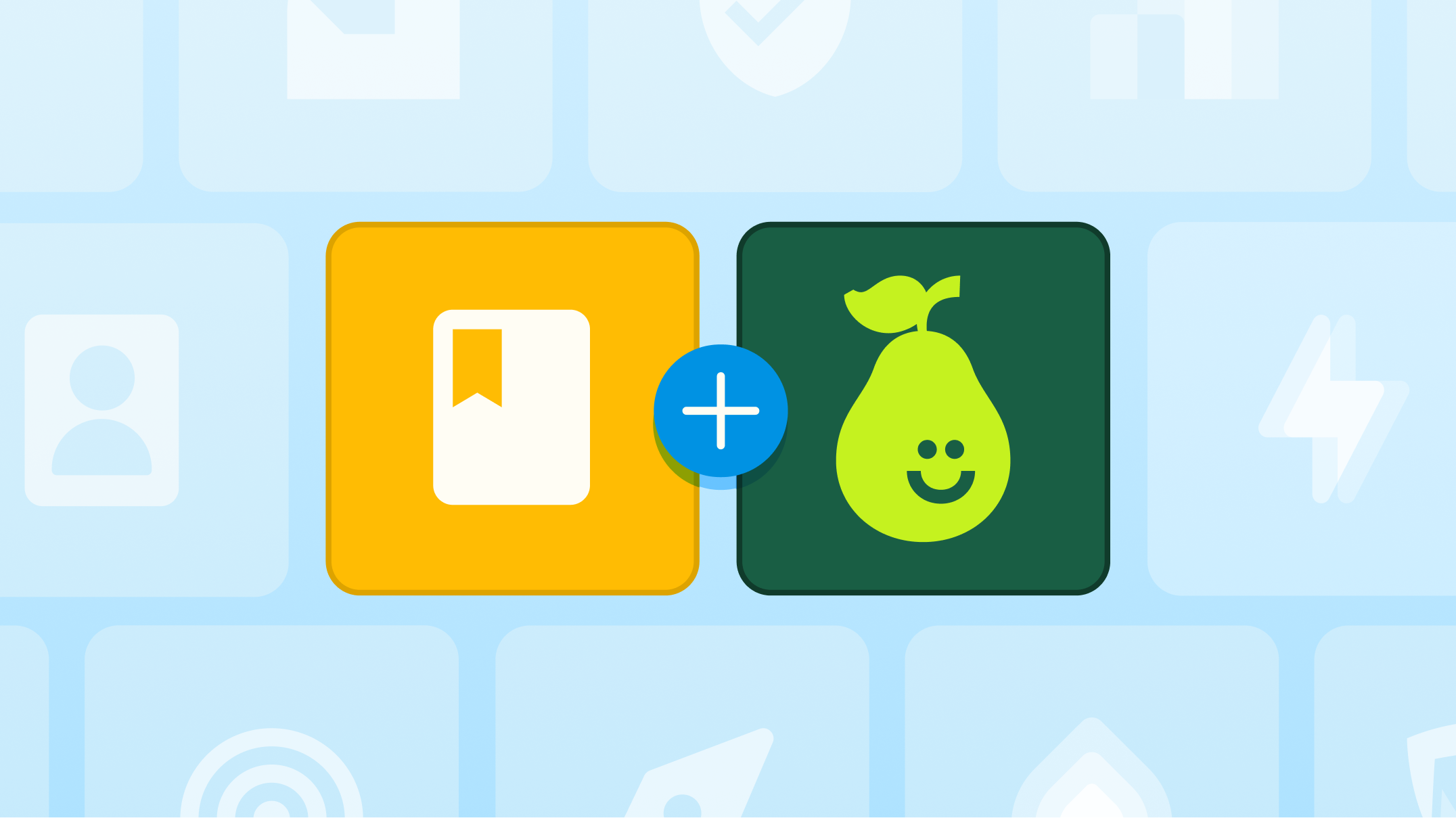Embrace Mistakes in the Classroom (5 Reasons to Redirect)

Mistakes are a natural part of the learning process. Embrace them in your classroom! There are many reasons to redirect, and we'll spell five of them out for you here.
Throughout the learning process, students make mistakes. They forget or stumble, and that's okay. Multiple studies have shown making mistakes is something to embrace. Mistakes are a part of the learning process that can actually strengthen retention of new concepts.
One of the best places to make a mistake is the classroom. The classroom should be a safe space for learning after-all, right? School is a place where students learn and grow and with the guidance of their teacher, explore new topics, absorb information, and leap to new levels of knowledge. Mistakes are a part of learning and a part of attempting new things.
Research suggests that when a mistake occurs, children should pay attention to the mistake and how to correct it in order to improve learning (Schroder et all, 2017). There is a moment after realizing a mistake is made that a person's attentiveness spikes, and that's when the mistake should be revisited.
The same study found students with growth mindsets have a significantly larger brain response to a mistake than their peers with fixed mindsets. This seemed to show that growth mindset improved the student's ability to learn from a mistake.
Failing forward
Making mistakes preps the brain to avoid repeating the same mistake in the future by providing an "early warning signal," according to a study done at the University of Exeter. When information is provided in an area where previously a mistake was made, brain activity spikes before the information is even consciously absorbed, prepping the person to avoid making the same mistake.
All this being said, the failing forward method doesn't work if a student is sporadically guessing "A" or "C" for all of their answers. Random guesses might not connect students to the content and provide them the investment needed to help make the material stick. Students must give a good-hearted attempt to answer the question to the best of their ability. At the same time, it's important to avoid falling into a pattern of failure.
Don't brush off the mistake too quickly. Another interesting study took a look at the emotions felt after a mistake is made. Researchers found spending time on how failure feels leads to emotional motivation that helps individuals correct their mistakes. One of the researchers from this Ohio State University study, Selin Malkoc, noted, "If you focus on how bad you feel, you're going to work harder to find a solution and make sure you don't make the same mistake again."
That being said, don't let mistakes be too big of a let down. Encourage students to pause, reflect, take a deep breath, and then get moving to figure out what went wrong.
Put best practices to the test
Now that we know what the science says about mistakes, how do we leverage the findings to improve classroom learning?
Enter pretests. The pretest is a place where mistakes are expected and performance on the assessment provides a baseline for growth. In addition to informing teachers, pretests empower students by helping them identify what they already understand and what they don't understand. After a pretest, students can look at where they went wrong and will know what to focus on in the upcoming unit.
Another tactic is to provide students with a second chance if they are working on formative assessments. This process is easy to do in Pear Assessment (formerly Edulastic). Once you identify the students who need a second chance, check the box next to their name and hit the "Redirect" button. Or, if you want to give the entire class another chance, click "Select All" and resend the assessment to everyone.
If you Redirect the entire class, you'll see all the student data disappear! Don't worry. Pear Assessment retains this data for you. The student will be able to see the answers they previously submitted and will be able to change any answers from there. As the students work through the assessments again, their data will repopulate on your dashboard. If the deadline to complete the Redirect passes, the data will also re-appear on your dashboard. Redirect is a great feature for teachers who want to let students rework the questions they got wrong. It allows students to re-visit areas where they made mistakes, and give those questions another go.
More on the redirect feature
Consider using the redirect feature when students:
1. Were absent during the initial testing window.
2. Need a second chance to work through the mistakes they made and the answers they got incorrect.
3. Have inadvertently skipped questions on the assessment and you want to give them the opportunity to go back in and answer those questions.
4. Rushed through an assessment without giving their best effort and you want them to retake the assessment and give it a better try.
5. Need additional practice on the assessment.
Sometimes, teachers will have students not only rework the question, but also write out an explanation of why they were wrong and how they would adjust their thinking next time they approach a similar question. Such conscious work-throughs of each question can help ensure students are taking the time to solidify any concepts they faltered on.

.svg)
.svg)
.svg)

.png)

